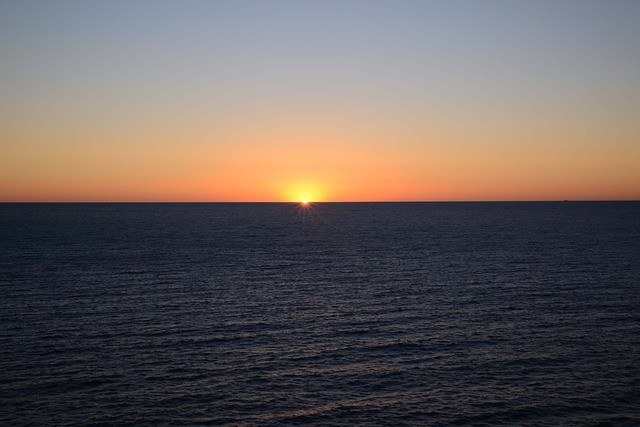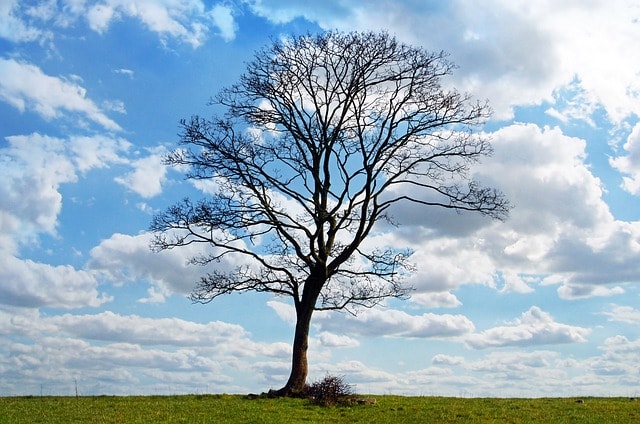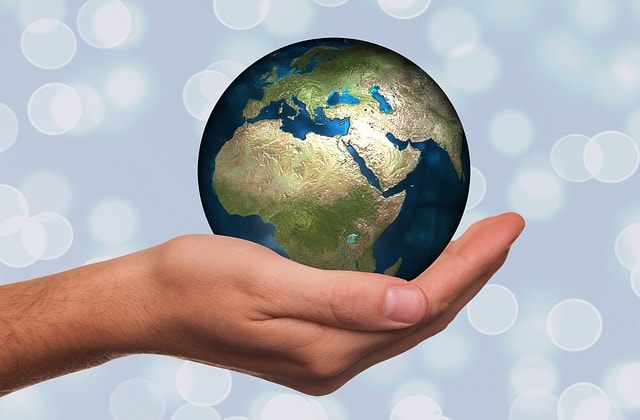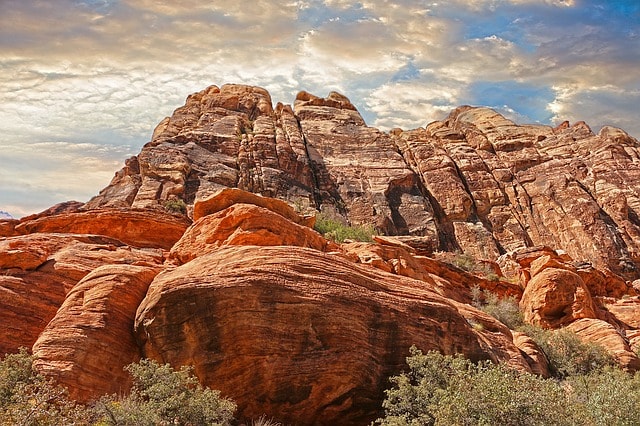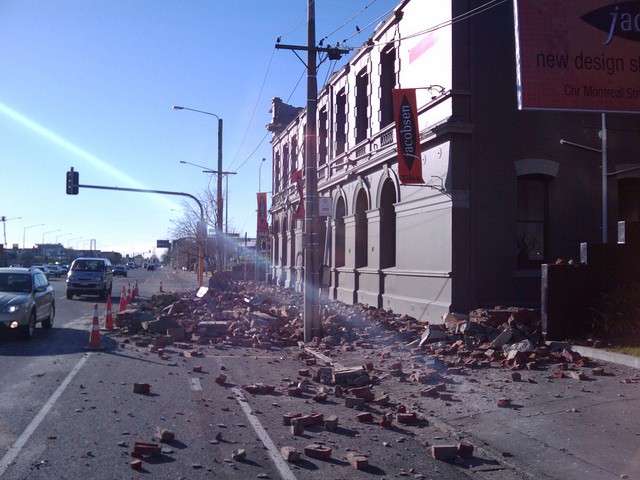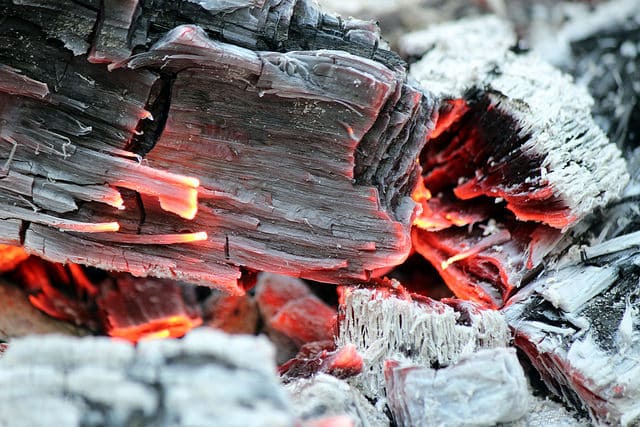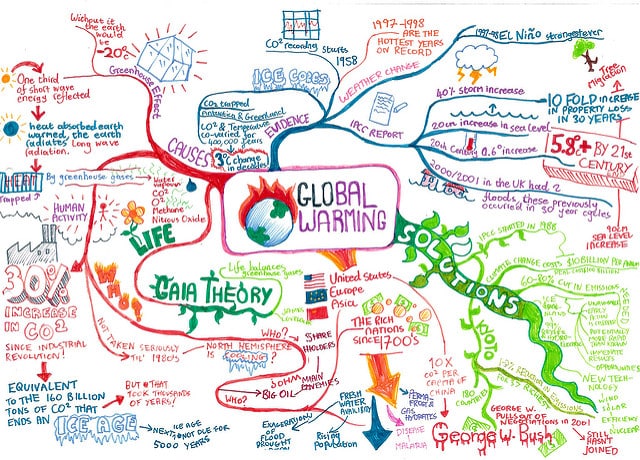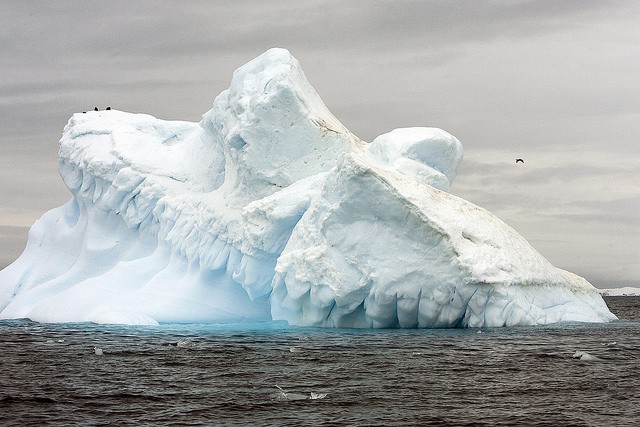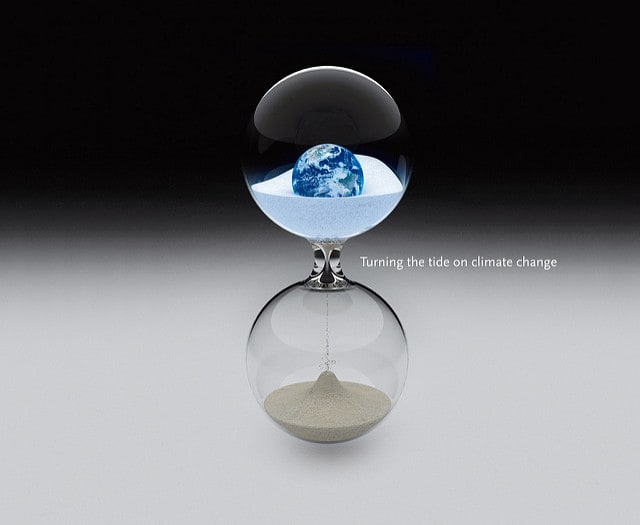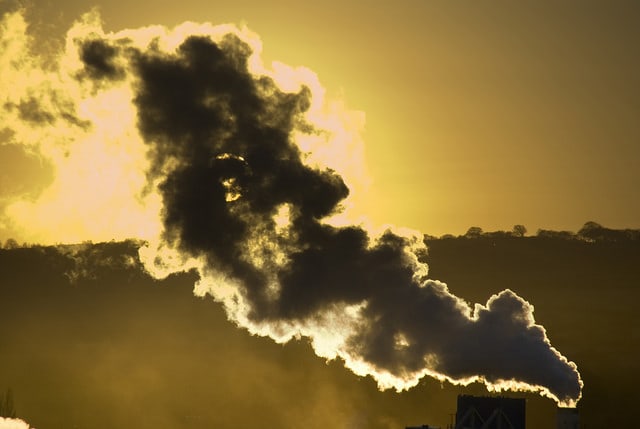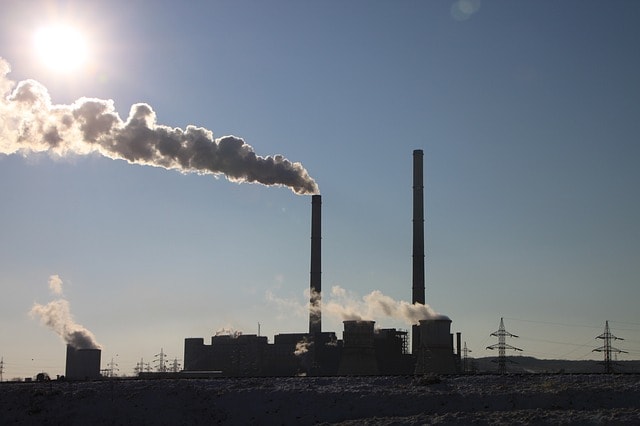Various Interesting Facts the About Pacific Ocean
The Pacific is the largest ocean on Earth, discovered by Ferdinand Magellan. This huge mass of water is stretching from the Arctic to the Southern Ocean from the Bering Sea in Alaska to the Ross Sea in Antarctica. It binds with the Atlantic Ocean through the Bering Strait in the north and south across the…

